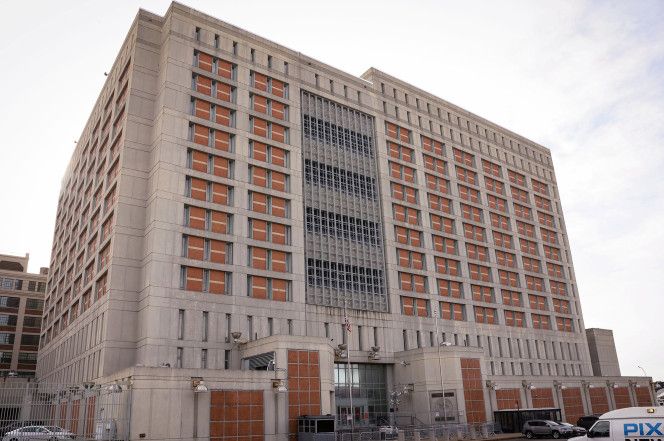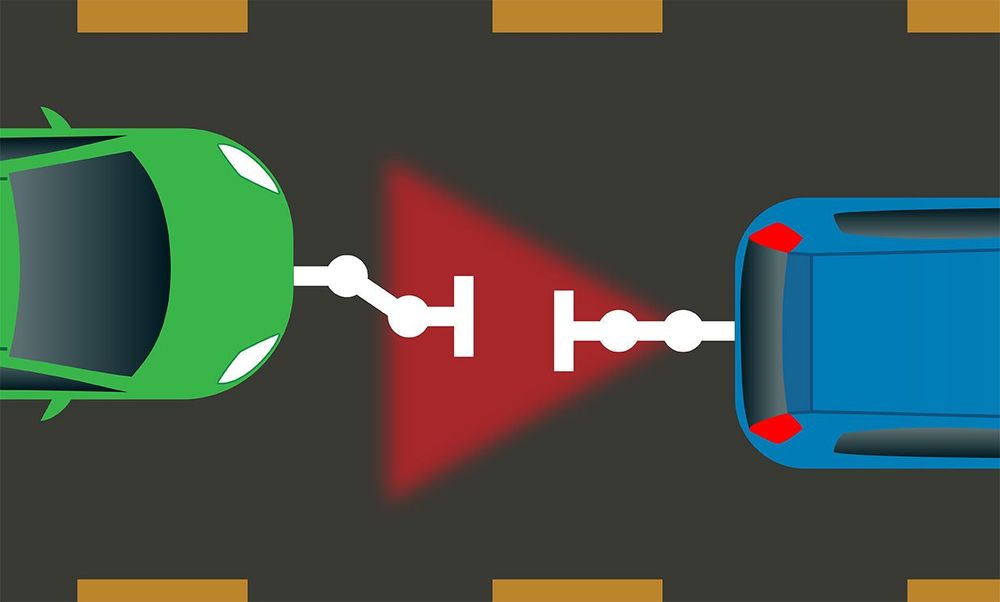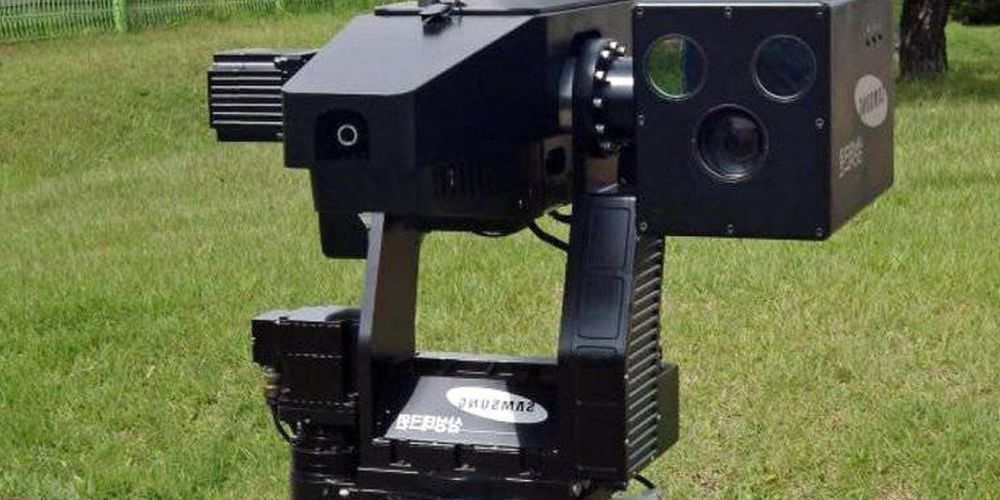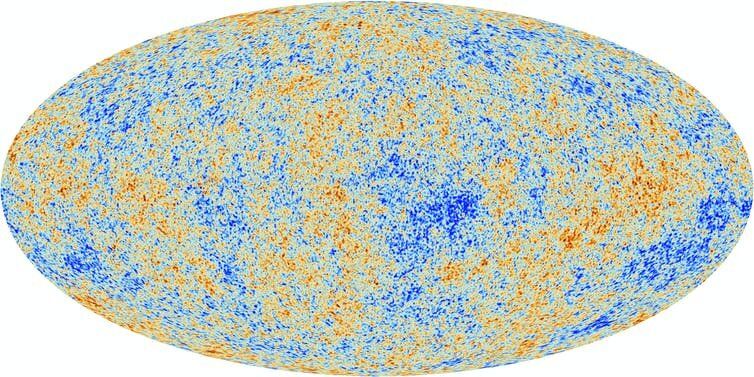May 1, 2020
Over 70 percent of tested inmates in federal prisons have coronavirus
Posted by Brent Ellman in categories: biotech/medical, law enforcement
WASHINGTON — Michael Fleming never got to say goodbye to his father. He didn’t know his dad was fading away on a ventilator, diagnosed with coronavirus at the federal prison where he was serving time for a drug charge.
His father, also named Michael, was held at FCI Terminal Island in Los Angeles and died April 19. At least half the population there has tested positive, the largest known hot spot in the federal prison system. But the first word the family received of the father’s illness was the day he died, from a prison chaplain asking if the body should be cremated and where the ashes should be sent.
“They just left us all in the dark,” Fleming said in an interview with The Associated Press. “We had to find out from the news what the actual cause of death was. It was kind of screwed up.”

















